As with any river, flows are paramount to the health of that river. The San Joaquin River Restoration Program closely monitors all aspects of flows within the river between the releases at Friant Dam, down to the confluence of the Merced River by using in-stream monitoring gauges and close coordination with dam operators, water diverters and other entities involved with river operations.
The Program began Interim Flow releases from Friant Dam into the San Joaquin River on October 1, 2009. Photo 1 | Photo 2. Restoration Flows began on January 1, 2014, but were curtailed in 2014 and 2015 due to drought conditions. The San Joaquin River was reconnected from Friant Dam to the Merced River confluence in August 2016. In 2017, the river saw heavy Flood Flows for the first time in years.
For more information on current the current flow schedule, monitoring actions, seepage, or levee stability, please click on the appropriate topic below.
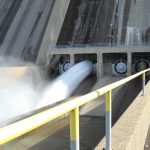 Flow Conditions
Flow ConditionsThe SJRRP uses the estimated total unimpaired inflow below Friant Dam to determine an allocation. This section describes the process for how Restoration Flows are determined, scheduled, evaluated, and released.
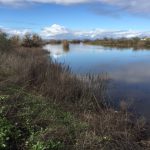 Surface Water
Surface WaterSurface water levels are monitored using stream gauges that measure river stage data. Daily operation reports and real-time data are posted here after SJRRP staff manually measures levels at stream gauge locations.
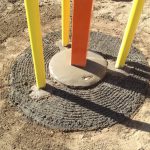 Groundwater Monitoring
Groundwater MonitoringThe SJRRP has installed 211 groundwater monitoring wells with 48 locations measuring groundwater temperature. Most monitoring wells are manually measured weekly and results from fourteen key monitoring wells are available online.
 Water Quality
Water QualityWater Quality is continuously measured with real-time reports generated to the CDEC. Access to these reports in addition to measurements taken by the SJRRP in 2012 to build a Temperature Atlas can be found here.
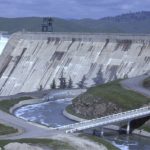 Unreleased Restoration Flows
Unreleased Restoration FlowsUntil channel improvements and facility construction is completed along the San Joaquin River, the SJRRP is limited in its ability to release Restoration Flows. During wetter years, the program’s allocation of water will exceed the conveyance capacity of the river and associated channels resulting in Unreleased Restoration Flows (URFs). URFs may also be generated as a result of facility maintenance or channel improvement construction.
 RA Recommendations
RA RecommendationsThe Restoration Administrator (RA) makes recommendations on elements of the SJRRP including Restoration Flow schedules in order to meet the Restoration Goal.
 Seepage Projects
Seepage ProjectsSeepage Projects include physical projects, such as interceptor lines and drainage ditches, and real estate actions, such as easements and acquisition. More information can be found here.
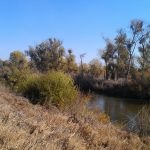 Levee Stability / Channel Capacity
Levee Stability / Channel CapacityLevee evaluations for the SJRRP are conducted to identify the need to remediate levees to convey Restoration Flows. Levees within the SJRRP are divided into Priority 1, Priority 2 and Priority 3 depending on Restoration Flow rates in the levee location.
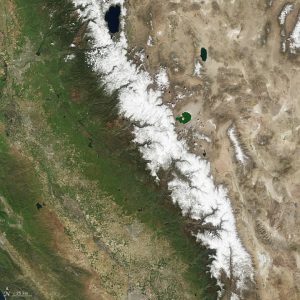 Forecasting
ForecastingGauging the amount of water available for each upcoming water year is an art unto itself. Familiarize yourself with the tools the Program uses to develop the best forecast for upcoming water conditions within the basin.

